The Center for Biomolecular Condensates brings together PIs from the basic sciences, medicine, and engineering who work in concert on integrating innovation with intellectual curiosity and discovery with engineering.
Leadership
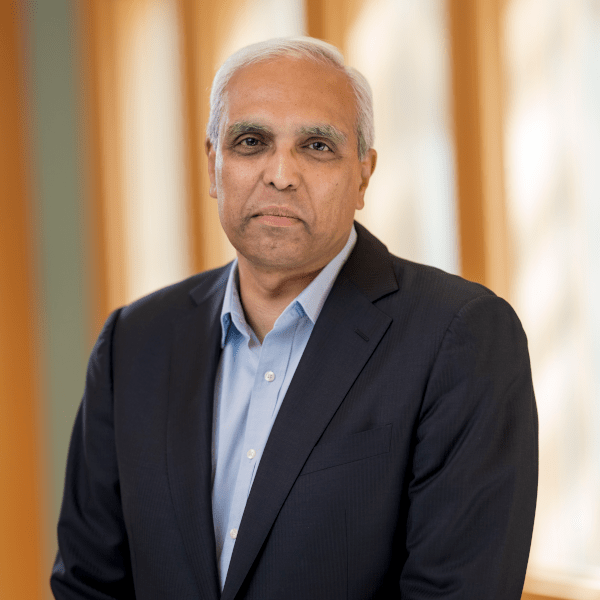
Rohit Pappu
Director, Gene K. Beare Distinguished Professor of Engineering
Rohit Pappu’s lab studies polymeric phase transitions, as well as molecular-level order-disorder transitions to uncover the physical principles underlying spatial and temporal organization of proteins and nucleic acids within cells, the connections between protein phase separation and aggregation in the context of neurodegenerative disorders such as Huntington’s disease and ALS, and the form and functions of so-called intrinsically disordered proteins. Their discoveries are driven by development and deployment of tools from the fields of polymer physics, equilibrium and non-equilibrium statistical physics, computational biophysics, biochemistry, and molecular engineering. Their goal is to uncover fundamental insights regarding biological processes at the molecular and cellular level and leverage these insights into cures for neurodegenerative disorders and cancers as well as applications in materials science and synthetic biology.
Principal Investigators
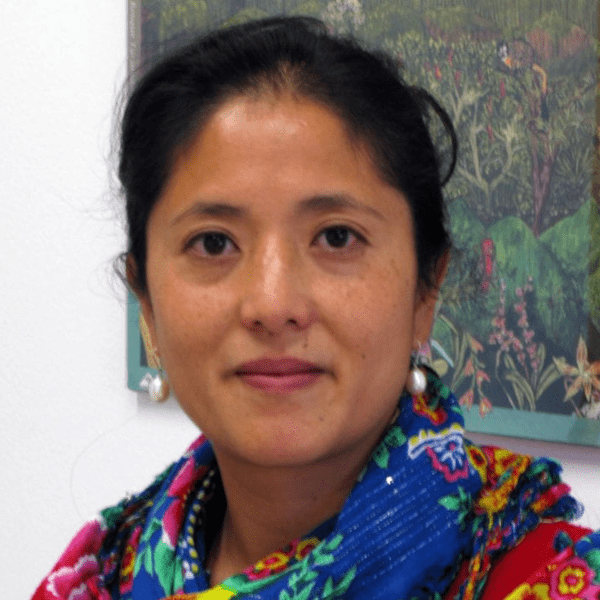
Yuna Ayala
Associate Professor of Biochemistry & Molecular Biology, Saint Louis University School of Medicine
https://biochem.slu.edu/faculty/ayala
My lab studies the regulation of RNA binding protein function and dysfunction in neurodegenerative disorders. We are particularly interested in understanding the interplay between TDP-43 function, RNA interactions, and protein assembly using in vitro and cell-based approaches.
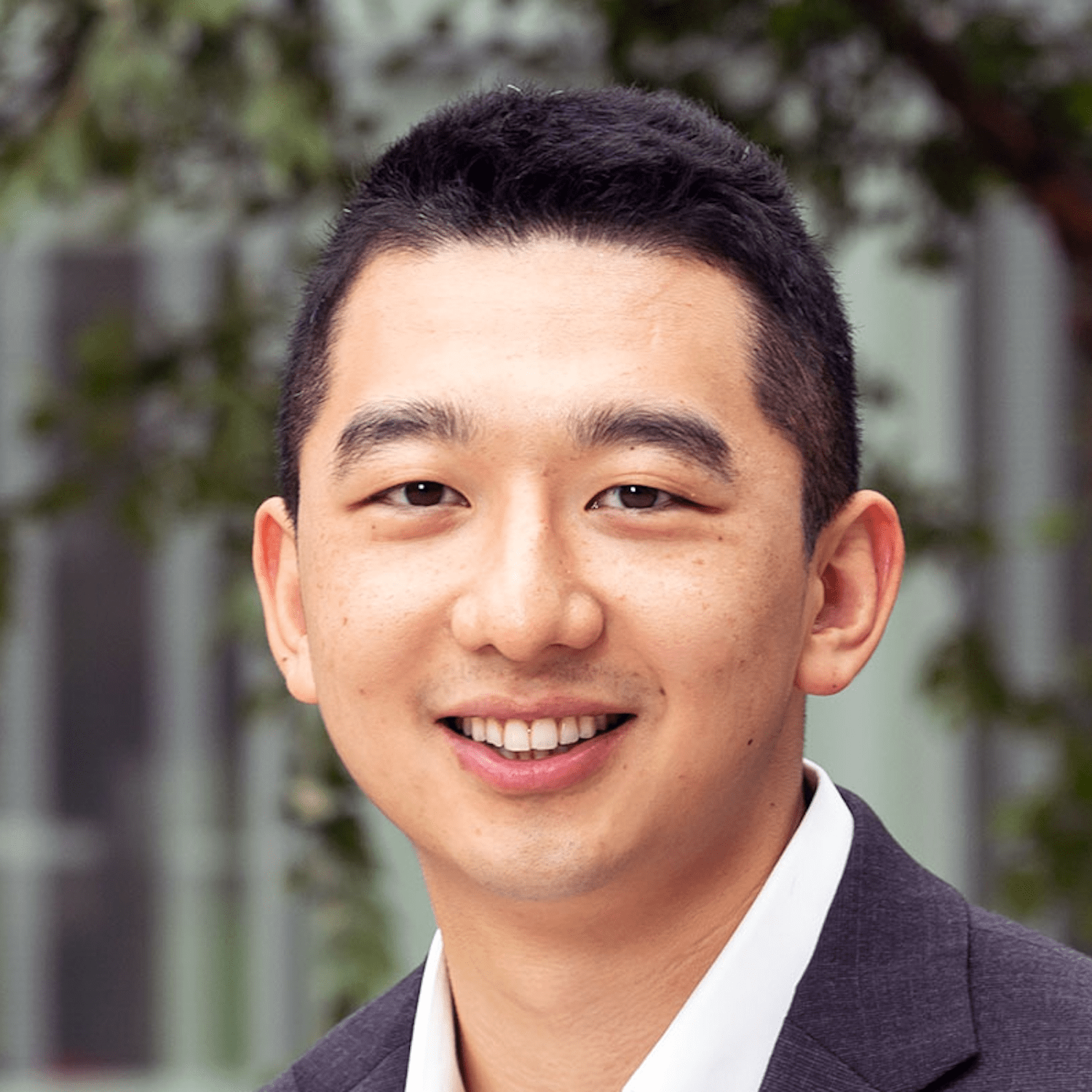
Yifan Dai
Assistant Professor of Biomedical Engineering
https://sites.wustl.edu/dailab
Dai lab’s research focuses on studying the electrochemical properties of biomolecular condensates. In particular, his lab works on uncovering the mechanisms by which the electrochemical environments of condensates can affect their biochemical functions.

Abhinav Diwan
Professor of Medicine, Center for Cardiovascular Research
The primary interest of Dr. Diwan’s lab is to define the role of lysosomes in cellular homeostasis and response to stress. Dr. Diwan’s training as a cardiologist led him to focus on the role of lysosome function in cardiac myocyte death, which plays a central role in causing heart failure in response to myocardial infarction and pressure overload hypertrophy. Our lab has uncovered evidence for dysregulation of the lysosome machinery as a major contributor to cardiac myocyte loss in myocardial ischemia-reperfusion injury. Our work has also extended these findings to uncover evidence for lysosome dysfunction in various CNS cell types in Alzheimer’s disease and in pancreatic beta cells in obesity-induced diabetes, underscoring the importance of acquired lysosome dysfunction in triggering multiple chronic diseases that are predisposed by common risk factors. As the PI or co-investigator on studies funded through National funding mechanisms, Dr. Diwan and the group have developed the expertise and tools to experimentally perturb and evaluate lysosome biology, concomitantly with disease modeling in in vitro and in vivo systems.
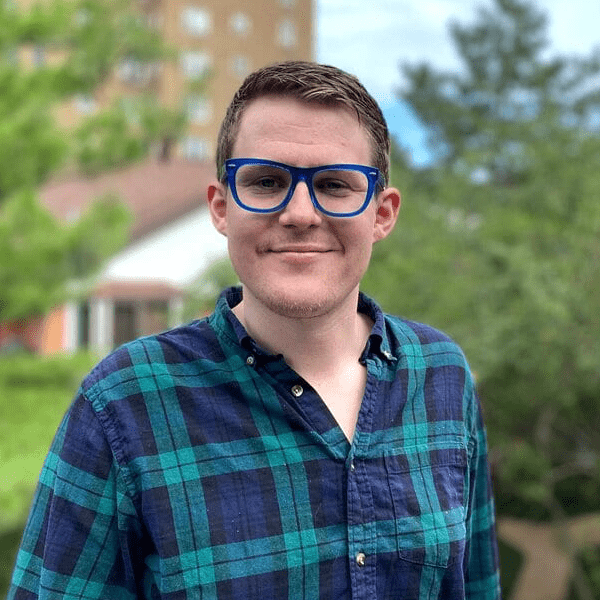
Alex Holehouse*
Assistant Professors of Biochemistry and Molecular Biophysics, School of Medicine
The Holehouse labs combines in silico, in vitro, and in vivo approaches to explore how intrinsically disordered regions enable cellular information processing. In particular, the lab works on questions surrounding IDR molecular specificity, IDR evolution, and IDRs in environmental sensing.
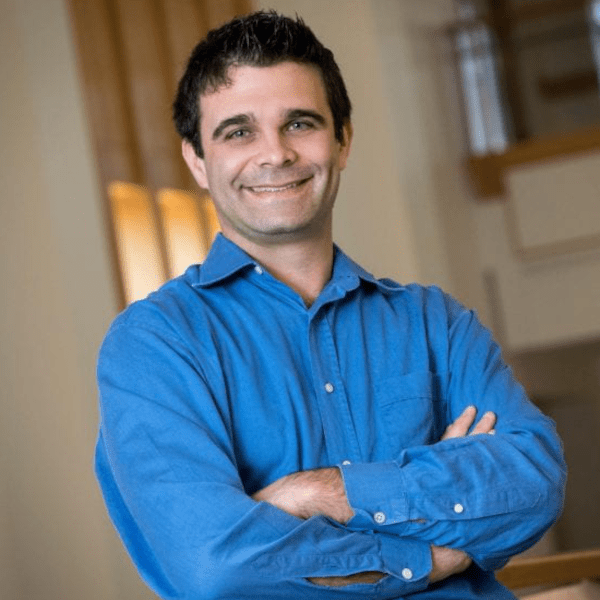
Nathaniel Huebsch
Assistant Professor of Biomedical Engineering
Professor Huebsch’s research focus is in basic and translational stem cell mechanobiology, with specific focus on hydrogels to control cell-mediated tissue repair, and 3-D iPSC-based heart-in-a-dish models to study the influence of mechanical loading and genetics on arrhythmia and contractility.

Meredith Jackrel*
Assistant Professor of Chemistry
https://sites.wustl.edu/jackrel
Proteins must fold properly in order to function. When protein misfolding occurs, severe problems can arise. Protein misfolding underpins many devastating diseases including amyotrophic lateral sclerosis, Parkinson’s disease and Alzheimer’s disease. Meredith Jackrel’s lab is interested in understanding how protein misfolding occurs and how it can lead to disease. They are particularly interested in protein disaggregases, which can prevent and even reverse protein misfolding, solubilizing protein accumulations that are otherwise intractable. They aim to better understand how protein disaggregases solubilize such highly stable species. Additionally, they are employing various protein engineering techniques in order to fine-tune the properties of protein disaggregases.
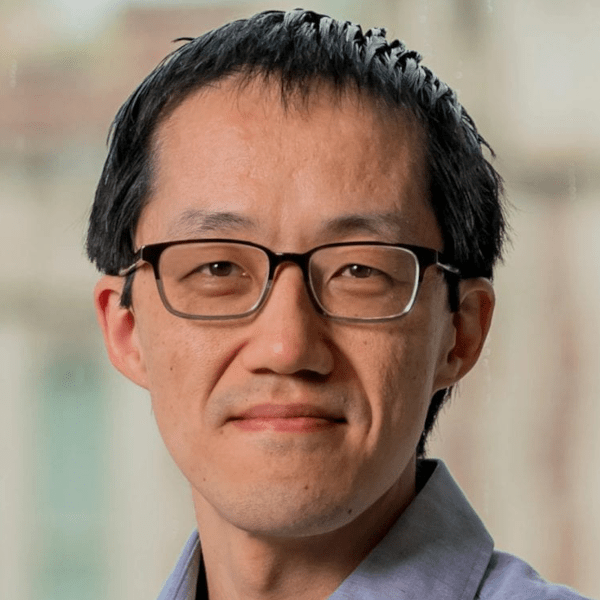
Matthew Lew*
Assistant Professor of Electrical and Systems Engineering
Professor Lew and his students build advanced imaging systems to study biological and chemical systems at the nanoscale, leveraging innovations in applied optics, classical and quantum detection and estimation theory, optimal system design, and physical chemistry. Their advanced nanoscopes (microscopes with nanometer resolution) visualize the movements of individual molecules inside and outside living cells. Examples of new technologies developed in the Lew Lab include 1) using tiny fluorescent molecules as sensors that detect amyloid aggregates, 2) designing new “lenses” that produce images that capture how molecules move and tumble, and 3) new imaging software that robustly measures the position and orientation of single molecules.
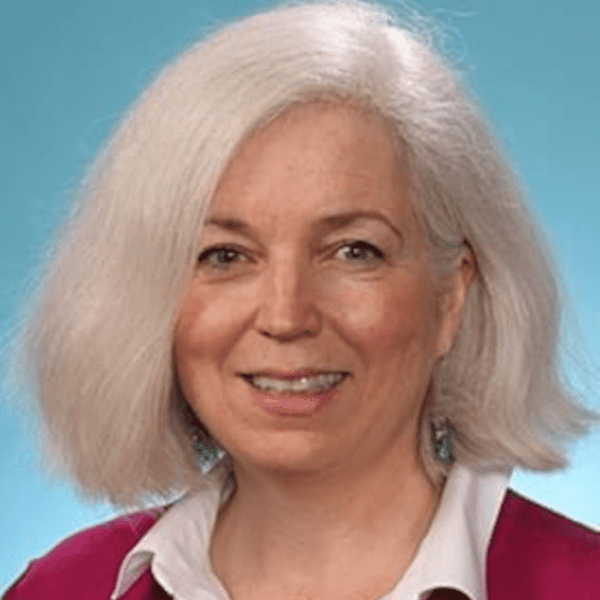
Helen McNeill
BJC Investigator and Larry J. Shapiro and Carol-Ann Uetake-Shapiro Professor
The overall goal of research in the McNeill lab is to understand how tissue growth and tissue organization are coordinately regulated during normal development, and how loss of this control leads to human disease.
We investigate how these processes are regulated using both Drosophila and mouse genetics for in vivo analysis, as well as tissue culture and organoid approaches. The lab has a long tradition of investigating how Fat cadherins function in Hippo pathway-regulated growth control, planar cell polarity (PCP) tissue organization and metabolism. Fat cadherins are enormous cell adhesion molecules that bind via cadherin-cadherin interactions to another large cadherin called Dachsous (Ds). The Hippo pathway is a highly conserved signaling pathway that regulates proliferation and apoptosis via control of the activity of the transcriptional co-activators Yorkie/YAP. We use Drosophila as a genetically tractable organism to investigate the basic and conserved mechanisms of Fat function and the control of Hippo pathway activity. Our very recent work has uncovered a novel and exciting role for Fat cadherins in regeneration.

Shankar Mukherji
Assistant Professor of Physics
Our group aims to understand how the eukaryotic cell coordinates biophysical processes from molecular to cellular scales to build itself and grow. Of particular current interest is examining how systems-level organelle biogenesis correlates with cellular growth. We are excited to explore the use of biomolecular condensates as precise synthetic biological tools to engineer the physical environment of the cell and the landscape of organelle interactions and thus allow us to probe how the cell allocates space and resources to optimize physiological function.
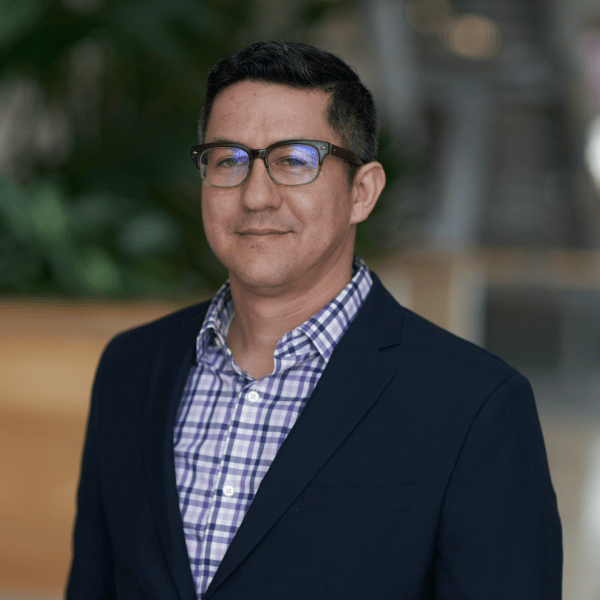
Dmitri A. Nusinow*
Principal Investigator, Donald Danforth Plant Science Center
Dmitri A. Nusinow is a Principal Investigator at the Donald Danforth Plant Science Center in St. Louis, Missouri, USA. His team investigates the mechanisms that link the circadian clock to physiology and development in plants. He is particularly interested in the protein complexes that drive daily oscillations and their connections to environmental inputs.
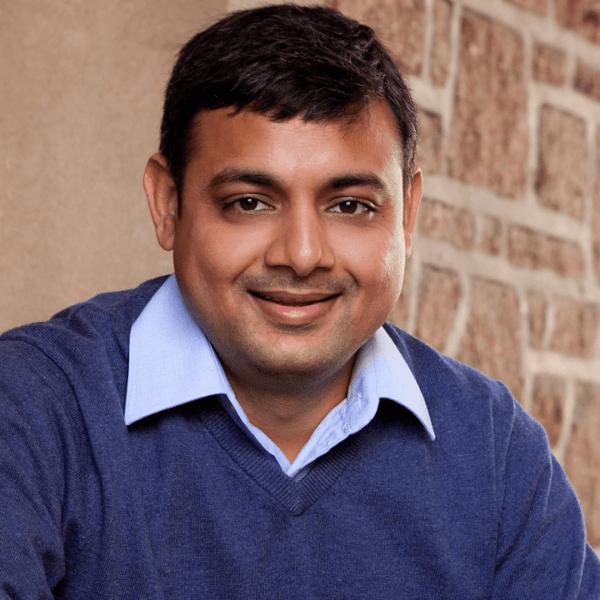
Amit Pathak
Associate Professor of Mechanical Engineering and Materials Science
We are interested in nucleolar composition and cytoskeletal protein condensates in response to mechanical and spatial cues from extracellular environments.
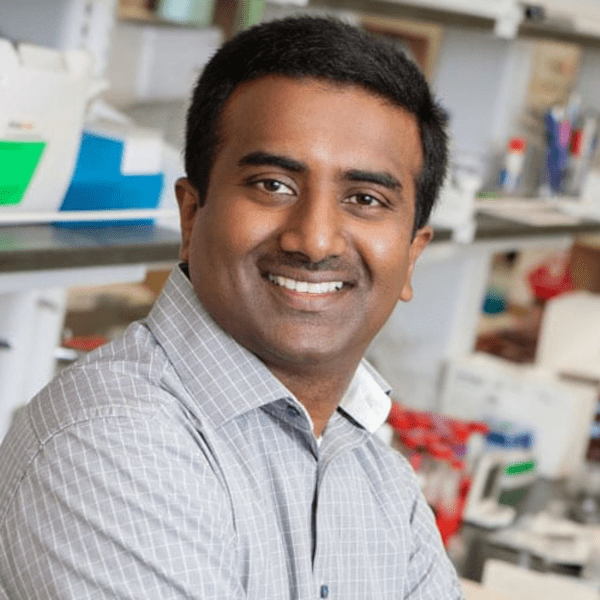
Srikanth Signamaneni*
Professor of Mechanical Engineering and Materials Science
We design and synthesize novel plasmonic nanostructures and assemblies that greatly enhance Raman scattering and fluorescence of various (bio)chemical species in proximity to the nanostructures. The nanostructures can be tailored to sense and report specific (bio)chemical stimuli or molecular processes in both extra- and intracellular environments. The nanostructures also serve as ultrabright biolabels (nearly four orders of magnitude brighter than conventional fluorophores) that enable the detection and quantification of low-abundance biomolecules secreted by cells or present on the cell surface. These advanced bioanalytical tools that harness the ability to confine and manipulate light at the nanoscale using plasmonic nanostructures are highly attractive for comprehensive characterization of complex and non-linear living systems.

Andrea Soranno*
Assistant Professor of Biochemistry and Molecular Biophysics, School of Medicine
Andrea Sorrano’s main research interests are the physical principles and molecular mechanisms determining biomolecular function. A particular focus are intrinsically disordered proteins (IDPs). In his lab, they combine fluorescence single-molecule spectroscopy with concepts from polymer physics to explain fundamental properties of disordered proteins, such as the role of electrostatic interactions, ion screening and macromolecular crowding on their conformations, as well as the contribution of internal friction to their dynamics. They are particularly interested in developing new tools to investigate the role of disordered proteins in intracellular phase transitions.

Michael Vahey
Assistant Professor of Biomedical Engineering
https://sites.wustl.edu/mvahey
Virally-transmitted infectious diseases pose tremendous burdens on human health. Michael Vahey’s lab’s goal is to understand the physical and biological factors that guide the assembly, transmission, and replication of enveloped viruses, with the long-term objective of targeting and repurposing these processes to develop new therapeutics. Using an interdisciplinary approach that spans multiple scales, the group is working to understand how individual molecules collectively give rise to the characteristics of a virus, and how these characteristics determine the virus’s ability to propagate under the constraints found in cells, tissues, and organisms.